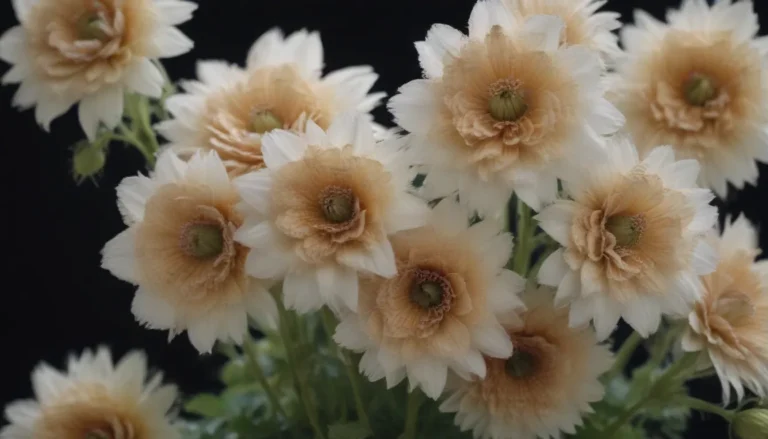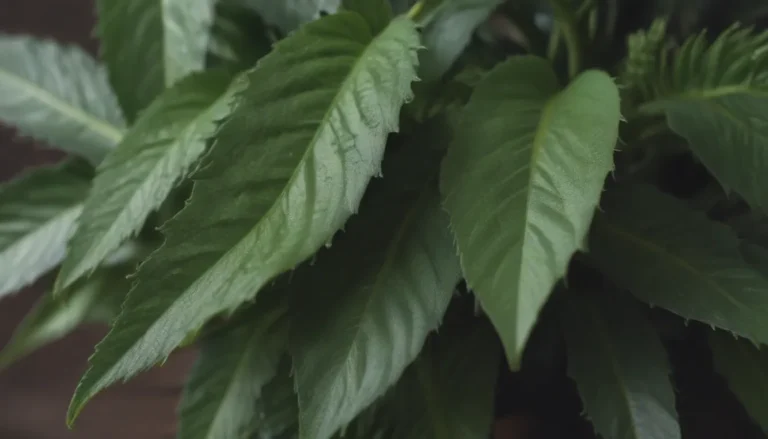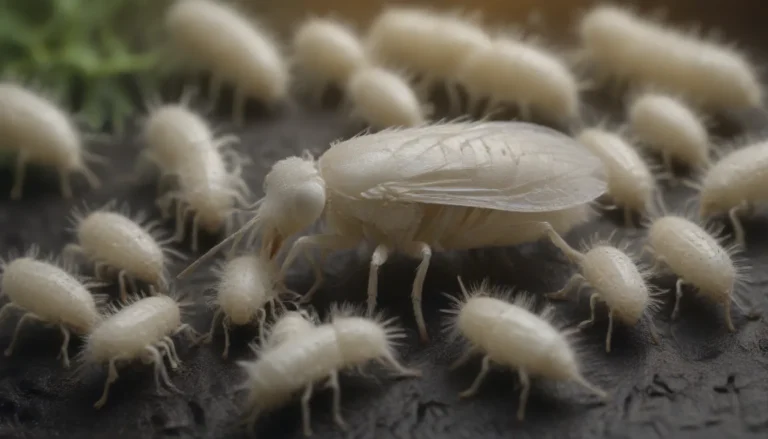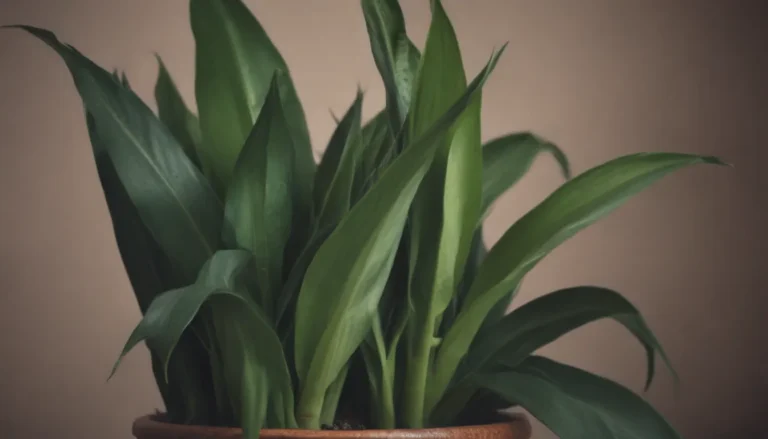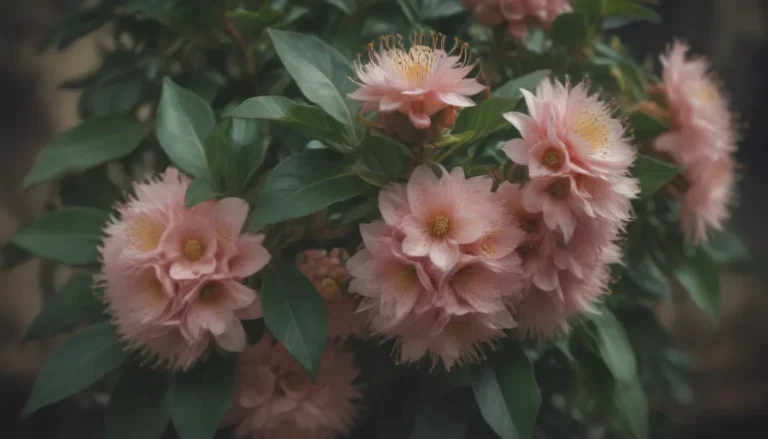The Ultimate Guide on Growing and Caring for Arrowwood Viburnum
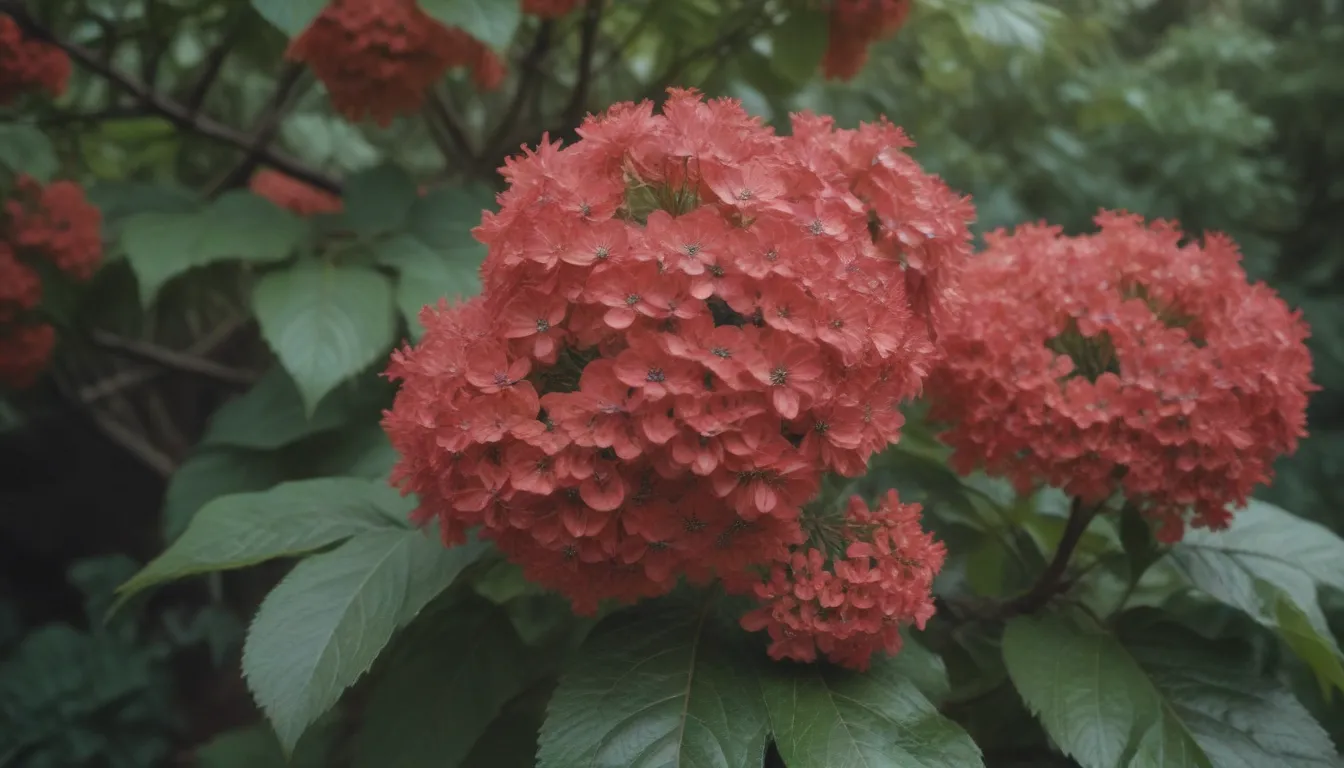
Arrowwood viburnum (Viburnum dentatum) is a stunning flowering shrub that can elevate the beauty of any garden. With its upright, rounded shape and glossy green foliage, it is a popular choice for many gardeners. This article will provide you with all the information you need to grow and care for arrowwood viburnum, ensuring that your shrubs thrive and flourish.
Overview of Arrowwood Viburnum
- Arrowwood viburnum is a small flowering shrub known for its white flowers and blue-black fruits.
- The shrub can attract birds and other wildlife, making it a favorite among nature lovers.
- Arrowwood viburnum is ideal for border plantings, hedges, and screens.
- With proper care, arrowwood viburnum can reach a height of 15 feet, although they typically stay a bit smaller.
Arrowwood Viburnum Care
Light
- Arrowwood viburnum thrives in full sunlight to partial shade, requiring at least 4 hours of direct sunlight daily.
- In hot climates, some shade from the strong afternoon sun is beneficial to prevent stress on the plant.
Soil
- Arrowwood viburnum prefers loamy, well-drained soil with an acidic pH.
- It can tolerate a variety of soil types, including clay.
Water
- Arrowwood viburnum needs moderate soil moisture, especially when young.
- Mature plants have some drought tolerance and can withstand occasional flooding.
Temperature and Humidity
- The shrubs prefer temperate conditions with good heat and cold tolerance within their growing zones.
- Be sure to water well in very hot weather to minimize plant stress, and protect plants from unseasonably cold temperatures.
Fertilizer
- Apply a balanced, slow-release fertilizer in the spring to promote healthy growth and flowering.
- Mixing compost into the soil can also benefit your arrowwood viburnum.
Types of Arrowwood Viburnum
- ‘Bluemuffin’ (V. dentatum ‘Christom’)
- ‘Autumn Jazz’ (V. dentatum ‘Ralph Senior’)
- ‘Northern Burgundy®’ (V. dentatum ‘Morton’)
Pruning
- Arrowwood viburnum shrubs require minimal pruning.
- After flowering, prune any necessary stems to maintain the shrub’s shape.
- Avoid removing more than a third of the shrub’s overall size.
- Remove dead, damaged, or diseased portions as needed.
Propagating Arrowwood Viburnum
- Arrowwood viburnum can be propagated from softwood or hardwood cuttings.
- Softwood cuttings are best taken in the spring or early summer, while hardwood cuttings should be taken during the winter dormant season.
How to Grow Arrowwood Viburnum From Seed
- While growing viburnum from seed is possible, it is a lengthy process.
- Propagation from cuttings is easier and more successful.
Potting and Repotting
- Arrowwood viburnum is not ideal for container planting due to its size.
- Consider dwarf varieties like witherod viburnum ‘Lil’ Ditty’ for potting.
- Repot the plant in a larger container if it outgrows its current pot.
Overwintering
- Arrowwood viburnum is winter-hardy and does not require winter protection.
- It can tolerate temperatures as low as minus 50 degrees Fahrenheit in USDA hardiness zone 2.
Common Pests & Plant Diseases
- Arrowwood viburnum is generally resilient to pests and diseases.
- Watch out for the viburnum leaf beetle, which can defoliate shrubs if not controlled.
- Prune off affected stems and consider organic pesticides for serious infestations.
How to Get Arrowwood Viburnum to Bloom
Bloom Months
- Arrowwood viburnum blooms in late spring, typically between March and May.
How Long Does Arrowwood Viburnum Bloom?
- The shrub continues to produce flowers throughout the growing season, from late spring to mid-summer.
What Do Arrowwood Viburnum’s Flowers Look and Smell Like?
- Arrowwood viburnum bears beautiful white flowers that lack fragrance.
- In the fall, the foliage turns to shades of yellow, orange, and red.
How to Encourage More Blooms
- Ensure your shrub gets enough sunlight and nutrients.
- Apply a high-phosphorus fertilizer in early spring to promote flowering.
- Be cautious with pruning to avoid removing flower buds unintentionally.
Deadheading Arrowwood Viburnum Flowers
- After flowering, deadhead arrowwood viburnum to maintain its shape and appearance.
Common Problems With Arrowwood Viburnum
- Arrowwood viburnum is generally trouble-free when grown in its native range.
- The shrub spreads through suckers, which should be pruned back to control growth.
- Varieties like arrowwood viburnum take several years to reach full maturity and size.
With the comprehensive guide provided in this article, you can confidently grow and care for arrowwood viburnum in your garden. Remember to provide the right conditions, proper care, and occasional maintenance to ensure your shrubs thrive and beautify your outdoor space for years to come.
